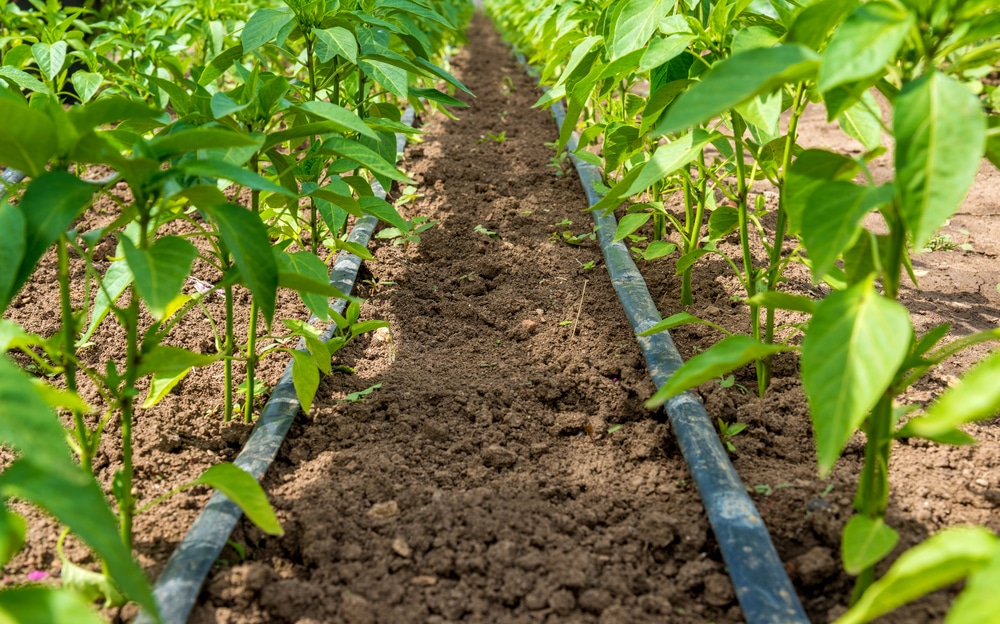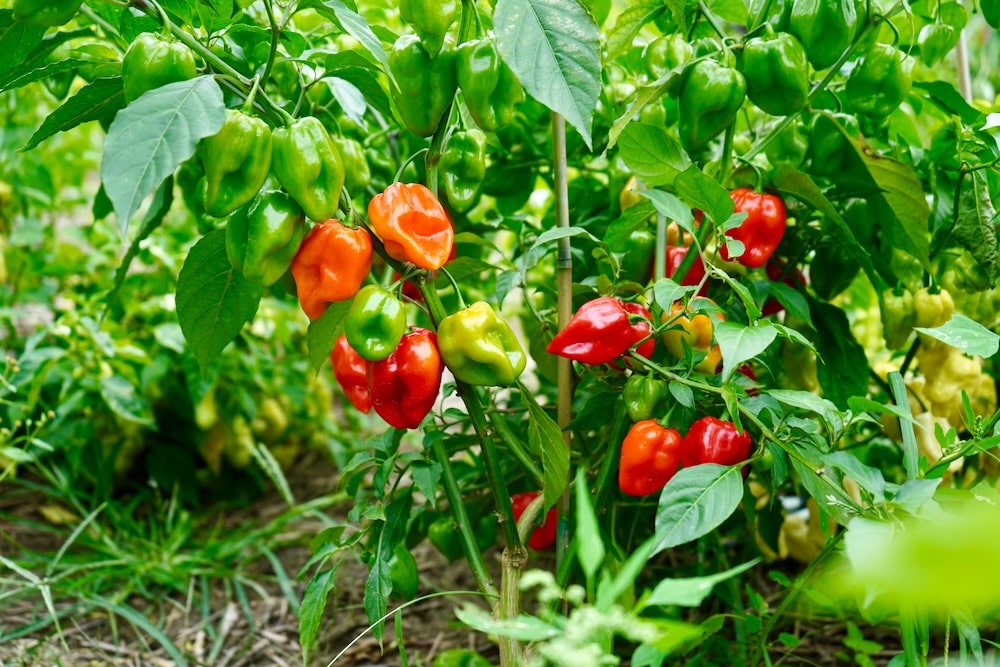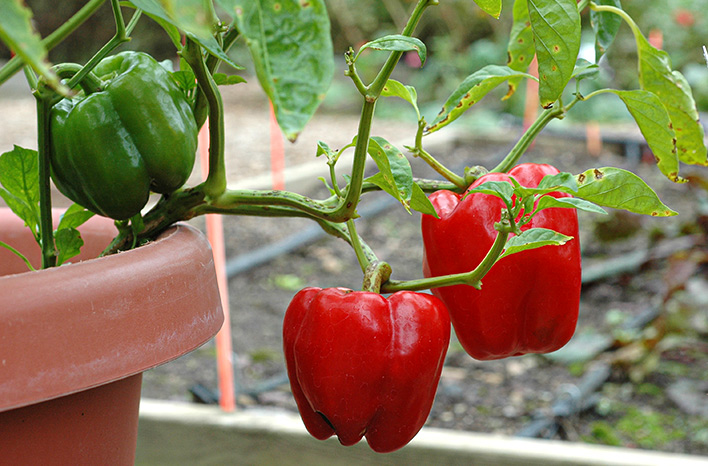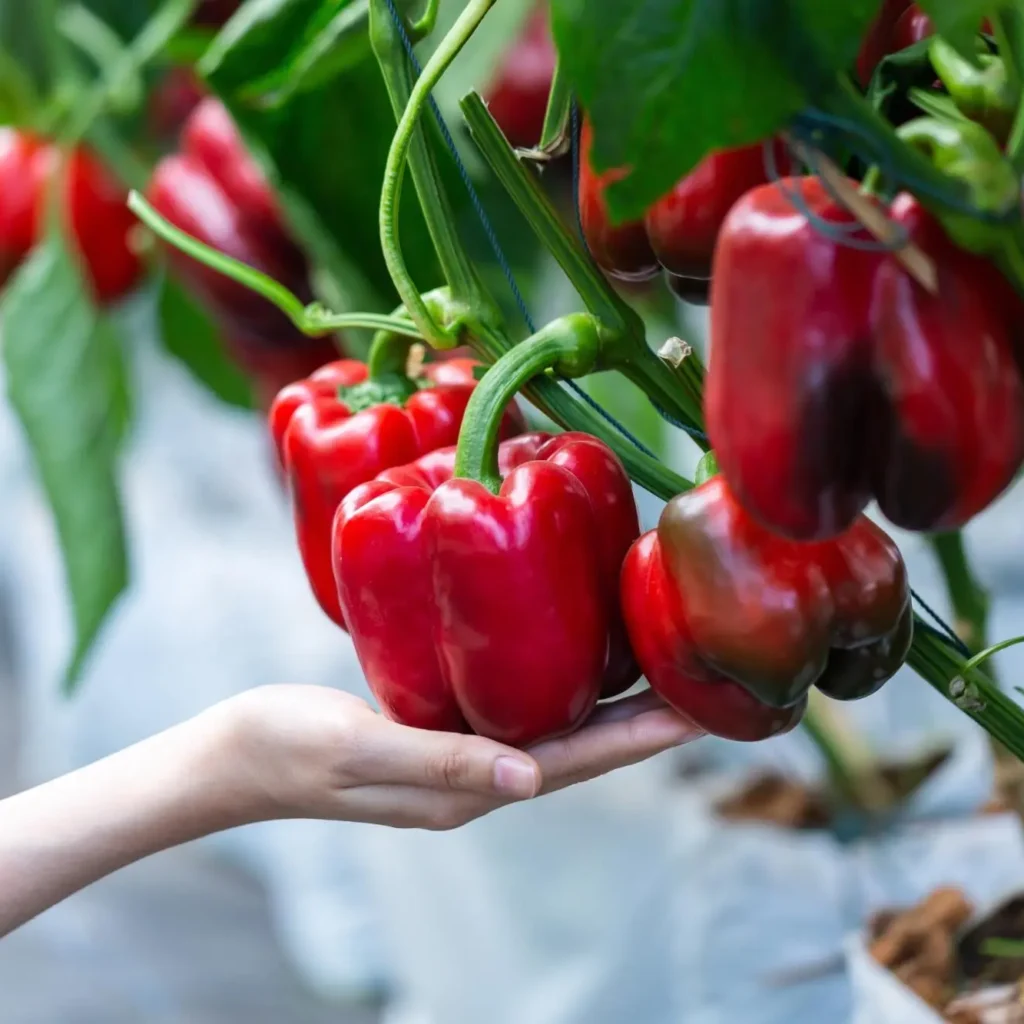Growing peppers in your garden can be incredibly rewarding. Whether you’re cultivating sweet bell peppers, spicy jalapeños, or colorful chili varieties, planting them correctly is essential to get the biggest, healthiest harvest possible. One of the most important factors for success—and often overlooked—is how far apart to plant peppers.
Spacing your pepper plants correctly ensures they receive enough nutrients, sunlight, and airflow. This results in stronger plants, fewer diseases, and ultimately, bigger yields. In this comprehensive guide, we’ll walk you through the best practices for spacing pepper plants, along with expert tips on soil preparation, watering, fertilizing, and care to help you grow peppers like a pro.

Why Spacing Matters for Peppers
Proper plant spacing affects several critical aspects of pepper growth:
- Sunlight access: Peppers need full sun to thrive—at least 6 to 8 hours daily. Crowding limits sun exposure and reduces photosynthesis.
- Air circulation: Good airflow prevents fungal diseases such as powdery mildew and blossom end rot.
- Nutrient availability: Plants spaced too close compete for water and nutrients, leading to stunted growth.
- Ease of maintenance: Correct spacing simplifies watering, weeding, and harvesting.
- Fruit development: Plants with enough room produce larger, more abundant peppers.

Recommended Spacing for Different Pepper Types
Peppers vary in size and growth habits, so spacing depends on the variety.
1. Bell Peppers (Sweet Peppers)
- Plant spacing: 18 to 24 inches (45–60 cm) apart.
- Row spacing: 24 to 36 inches (60–90 cm) between rows.
Bell peppers tend to grow into medium-sized bushes, requiring more space to spread their foliage and support multiple fruit clusters.
2. Hot Peppers (Chili, Jalapeño, Cayenne)
- Plant spacing: 12 to 18 inches (30–45 cm) apart.
- Row spacing: 18 to 24 inches (45–60 cm) between rows.
Hot pepper plants are usually more compact, but still need good airflow and room for roots to expand.
3. Specialty and Larger Varieties (Cubanelle, Anaheim)
- Plant spacing: 18 to 24 inches (45–60 cm).
- Row spacing: 24 to 36 inches (60–90 cm).
Larger pepper varieties often have more vigorous growth, requiring extra space.

Spacing Guidelines Based on Growing Method
In-Ground Garden Beds
When planting peppers in rows directly in your garden soil:
- Space plants 18 to 24 inches apart within the row.
- Maintain 24 to 36 inches between rows to allow for walking paths and air circulation.
This spacing encourages healthy growth and makes it easy to tend the plants throughout the season.
Raised Beds
Raised beds provide better drainage and soil control, but spacing guidelines remain similar:
- Pepper plants can be spaced 18 inches apart.
- Allow 24 to 30 inches between rows or plant them in staggered rows for maximizing space.
Raised beds tend to warm faster, which benefits peppers and can lead to earlier harvests.
Container Gardening
If you’re growing peppers in pots or containers:
- Use a container at least 5 gallons (19 liters) per pepper plant.
- Plant one pepper per container to avoid root competition.
- For smaller varieties, 3-gallon pots may suffice, but bigger containers generally improve yield.
Keep containers spaced at least 12 to 18 inches apart to allow airflow and ease of access.

How to Plant Peppers for Best Results
1. Choose the Right Location
Peppers love warmth and sun. Pick a site that receives full sun for at least 6 to 8 hours daily. Avoid shady or windy areas, as peppers are sensitive to cold drafts and poor light.
2. Prepare the Soil
- Test the soil pH; peppers prefer slightly acidic to neutral soil with a pH between 6.0 and 7.0.
- Amend soil with organic compost or well-rotted manure to improve fertility and drainage.
- Mix in a balanced fertilizer or a slow-release formula high in phosphorus and potassium, which support flowering and fruiting.
3. Planting Depth
Plant peppers so that the root ball is completely covered but avoid burying the stem too deep. Space them according to the guidelines above.
4. Mulching
Apply a 2–3 inch layer of organic mulch (such as straw, shredded leaves, or grass clippings) around your plants. Mulch helps:
- Retain soil moisture.
- Suppress weeds.
- Regulate soil temperature.
Additional Tips for Bigger Pepper Yields
1. Watering
Peppers need consistent moisture but don’t like soggy soil. Water deeply and evenly, aiming for about 1 to 2 inches of water per week, depending on rainfall. Use drip irrigation or soaker hoses to keep foliage dry and prevent fungal diseases.
2. Fertilizing
Side-dress your pepper plants every 3-4 weeks with a balanced fertilizer or organic amendments like compost tea or fish emulsion. Avoid excess nitrogen, which leads to leafy plants but fewer peppers.
3. Pruning
Remove any yellow or damaged leaves to improve airflow. For some varieties, selectively pruning the lower leaves can focus energy on fruit production.
4. Pest and Disease Management
Keep an eye out for common pests like aphids, spider mites, and pepper weevils. Use organic insecticidal soaps or introduce beneficial insects like ladybugs to control infestations. Crop rotation and good spacing reduce disease risk.
5. Support
For tall or heavy-fruiting varieties, provide stakes or cages to support plants and prevent breakage.
Companion Planting for Healthy Peppers
Plant peppers alongside companions that repel pests or improve soil health:
- Good companions: Basil, onions, garlic, carrots, marigolds, and spinach.
- Avoid: Fennel and kohlrabi, which can stunt pepper growth.
Signs Your Peppers Need More Space
Watch your pepper plants for signs of overcrowding:
- Yellowing leaves or slow growth.
- Stunted fruit development.
- Increased incidence of fungal diseases.
- Difficulty accessing plants for harvesting or maintenance.
If these symptoms appear, consider thinning seedlings or improving growing conditions next season.
Harvesting for Maximum Yield
Harvest peppers when they reach full size and desired color for your variety. Frequent harvesting encourages plants to keep producing new fruit. Use sharp scissors or garden shears to avoid damaging stems.
Summary: How Far Apart to Plant Peppers for Bigger Yields
| Pepper Type | Plant Spacing | Row Spacing |
|---|---|---|
| Bell Peppers | 18 to 24 inches | 24 to 36 inches |
| Hot Peppers | 12 to 18 inches | 18 to 24 inches |
| Larger Varieties | 18 to 24 inches | 24 to 36 inches |
- In containers, give one plant per 5-gallon pot.
- Use trellises or stakes for support with taller varieties.
- Space plants well to improve airflow and reduce disease.
- Consistent watering and fertilizing promote bigger yields.
Final Thoughts
Spacing your pepper plants correctly is one of the simplest but most effective ways to ensure a bountiful harvest. Whether you have a sprawling garden or limited space, understanding how far apart to plant peppers helps you optimize light, nutrients, and air circulation for healthier plants and bigger fruits.
Pair correct spacing with good soil preparation, watering, and pest management to enjoy a vibrant, flavorful crop of peppers season after season.





Leave A Comment